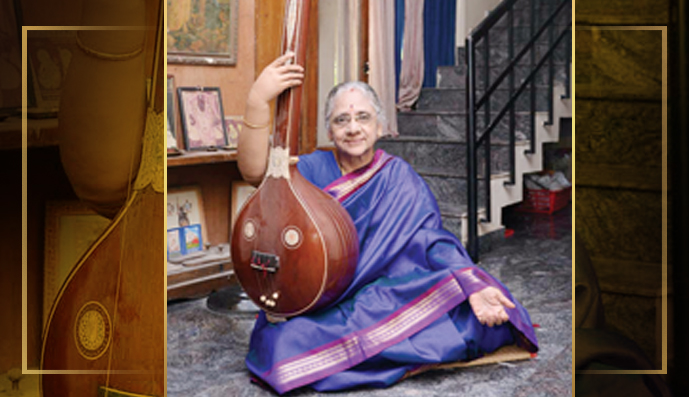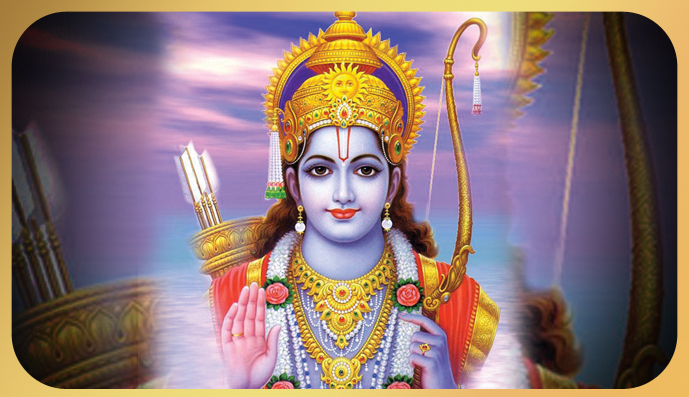Veteran Carnatic musician Nirmala Sundararajan is in the eighth decade of her life dedicated to the pursuit of music. She had the good fortune of learning from some of the best gurus and blossomed into a mature musician, having had a long stint in the field. She is a repository of rich styles in Carnatic music, and has spent decades in learning and sharing the wealth of music as a performer, lecdem specialist in thematic presentations, and a teacher. Growing up in an atmosphere filled with music, Nirmala Sundararajan— youngest among eleven children—was born to Rukmini Ammal and Kuppuswami Iyengar on 15 August 1941. Her tutelage in music began at a young age, and it became an inseparable part of her life due to her parents’ passion for Carnatic music. She continued to learn from great vidwans even after marriage took her away from south India.
Yog Sunder Desai was a pioneer in that he was among the personalities who first ventured into the world of Indian dance in the pre-Independence era. He founded the Indian Revival Group in 1948 in Kolkata and self-sustained it with devotion and courage for the major part of his life—from Kolkata and then from Delhi. He helped revive many dance forms when little was known about them and produced several memorable dance productions propagating Indian art and culture. Inspired by Gandhian ideologies, his mission was to take art to the masses and popularise Indian art and culture throughout India and abroad. Yog Sunder was honoured by the Central Sangeet Natak Akademi for his lifetime contribution to dance.
Every moment we experience is part of a whole. These moments are like dots and reveal a picture or a pattern when connected. Anitha Guha never planned anything but chose to accept every moment as it came and live it with passion, dedication and sincerity. She is an ardent devotee of Sathya Sai Baba and Lord Venkateswara is a favourite deity; she has strong faith in their blessings. From a three-year-old whose dance moves caught the eye of her mother, to a prolific ‘nritya-natakam’ producer acclaimed the world over, Anita Guha’s life is lavishly sprinkled with such moments. Though Anitha started as a solo dancer, she was always drawn towards nritya-natakams, and she traversed both in parallel quite early on in her life.
The Chandogya Upanishad says speech is the essence of mankind; poetry is the essence of speech; music is the essence of poetry, and udgita (pranava) is the essence of music. Thus the Upanishad places music on a high pedestal in spiritual endeavour. Yajnavalkya Smriti says that mukti is within reach of one who has mastered sruti, tala, and the veena’s intricacies. The Vishnu Purana says that music is a manifestation of Vishnu. Rama, the music lover Rama was a music lover, and this is evident in many instances in the Valmiki Ramayana. Rama’s knowledge of music was known to the citizens of Ayodhya. When they approved Dasaratha’s choice of Rama as his successor, they listed many qualities that made Rama the ideal ruler, and one of those qualities was Rama’s knowledge of music.
CONTENTS
6 Readers write
8 News & notes
16 Birthday calendar
18 Nirmala Sundararajan
25 Subhashini Parthasarathy
29 Centenary feature v Yog
Sunder Desai
34 Popular choreographers v Anitha
Guha
42 Heritage sthalams v Ratna
sabha in Tiruvalangadu
44 Analysis v Music in Vaishnavite Tamil
literature
46 Musical memories v T.N.
Krishnan
50 From the Editor
Front
Cover: Nirmala Sundararajan, Anitha Guha
Yog Sunder Desai (photo courtesy: MKDC@IGNCA)
No.
446






